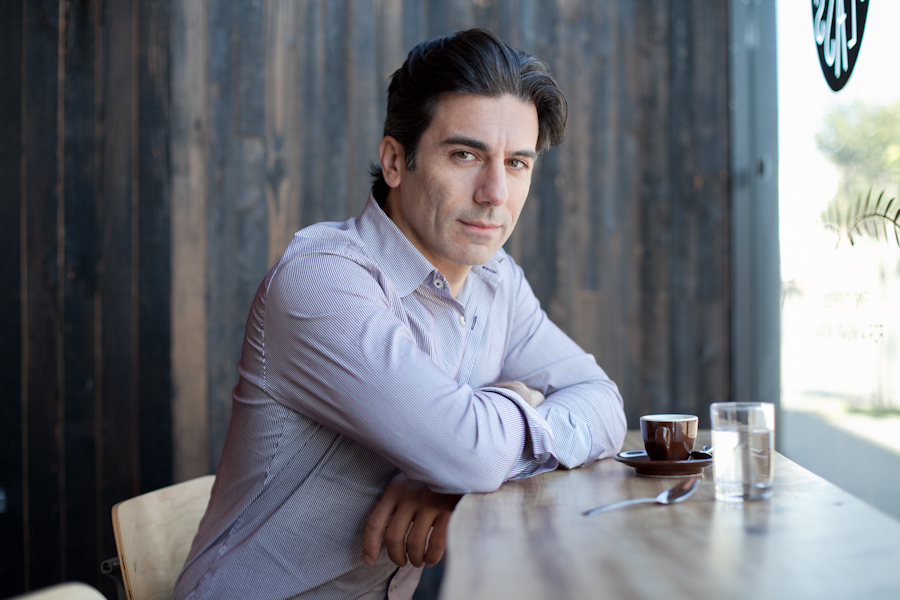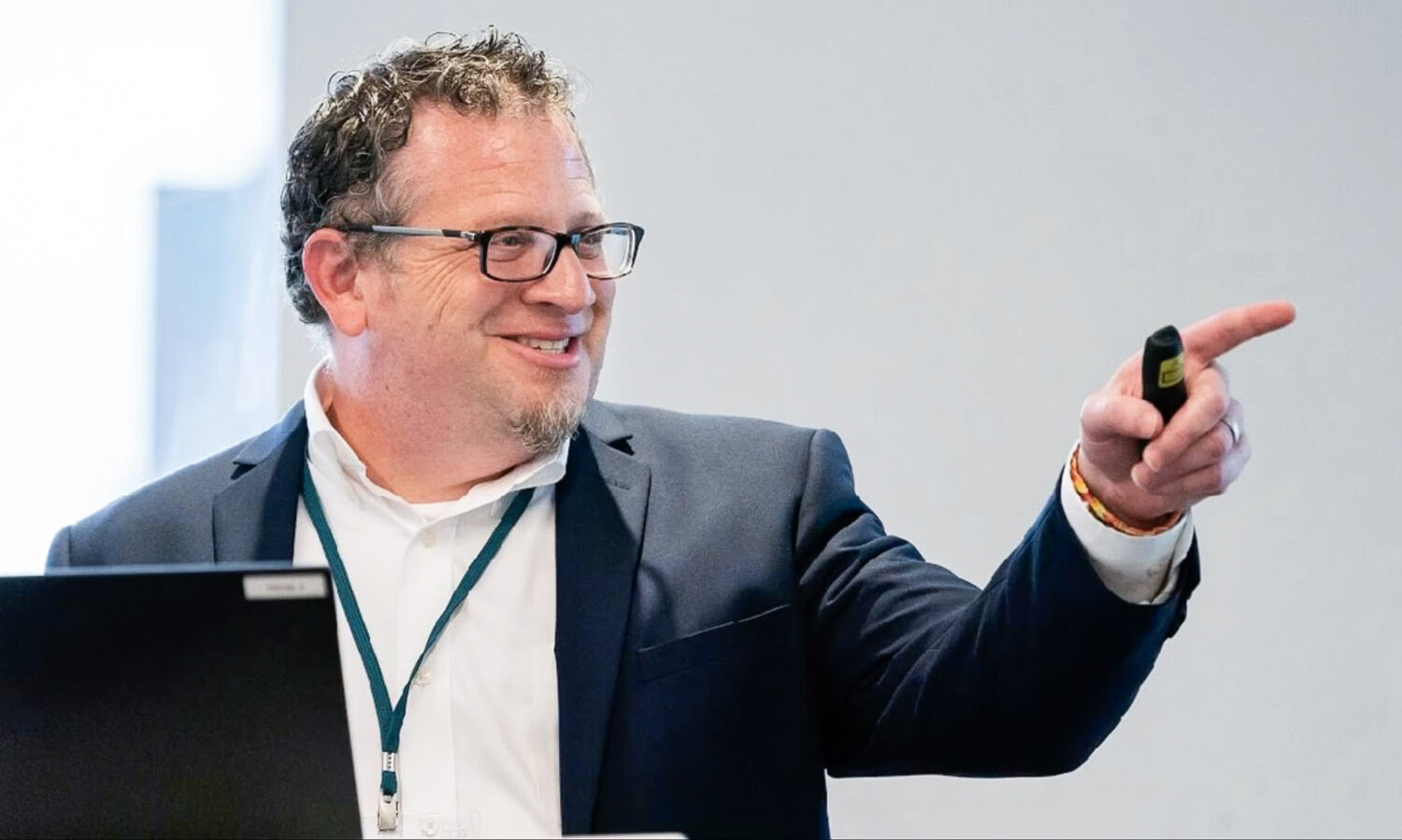If putting a price on carbon is the key to getting to net-zero, Bill Winters – with an assist from Mark Carney – may be the one who unlocks the market.
Demand for carbon credits is growing as corporations stretch to meet increasingly rigorous net-zero pledges.
Needed to match that demand with supply: an effective carbon market with global reference prices to guide buyers and sellers. Projects that didn’t pencil out when a ton of avoided carbon fetched $7 or $8 become very attractive at $15 or $20 a ton. At $50 to $100 a ton – still low for the true cost of carbon – suppliers and brokers of high-quality credits will be riding a roaring market.
That is attracting entrepreneurs and technology, along with NGOs and government agencies. Prices will ratchet up with concerted global action; watch the ramp up to COP26 in Glasgow in November. A blueprint released by Winters’ Task Force on Scaling Voluntary Carbon Markets estimates that trade in credits will grow from less than a half-billion dollars last year to as much as $50 billion in 2030.
Winters was tapped to create the low-carbon market infrastructure by Carney, the former Bank of England head (and Agent of Impact) and now U.N. special climate envoy. The plan: coax corporate cash toward the $3 trillion a year in climate financing needed to achieve net-zero carbon emissions by 2050.
Capital transfer
A JPMorgan veteran, Winters took the reins of Standard Chartered in 2015 after the U.K. bank was rocked by a series of money laundering and sanctions violations.
He is a champion of the role of banks in the emerging digital currencies, including for trading carbon. “There is a whole new world that’s opening up for us,” he said.
The carbon-markets task force proposed 20 actions, including establishing ‘Core Carbon Principles’ to ensure integrity of offsets, and exchange-traded reference contracts similar to ones for other commodities (Ecosystem Marketplace has a helpful summary).
More than two-thirds of carbon credits are expected to come from ‘natural climate solutions,’ such as forests and peatlands conservation and, increasingly, agricultural soil carbon. T
o avoid a climate disaster, says Winters, “We will need tens of billions of dollars, eventually hundreds of billions of dollars, to transfer from people like us to people who are actually able to make a difference in terms of affecting the ultimate outcome of carbon emissions.”











